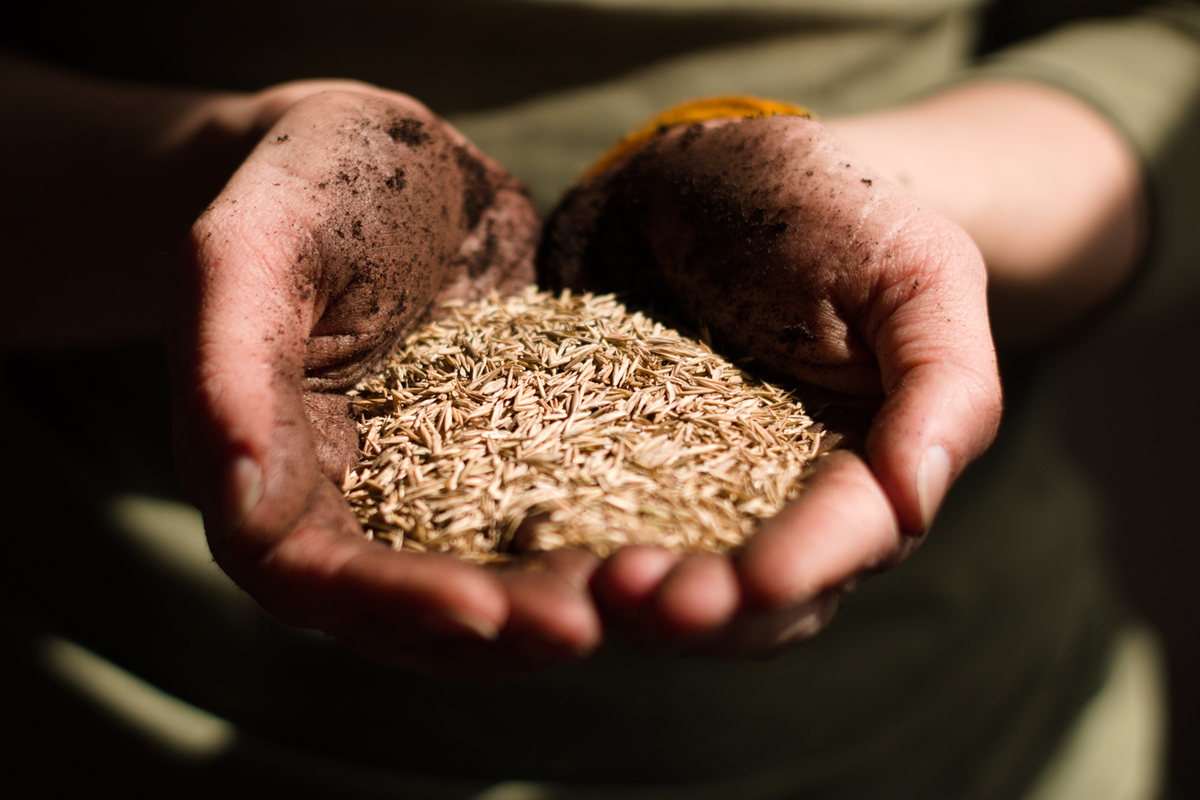As farmers, your efforts to ensure a bountiful harvest start long before the first seeds are sown. Proper seed storage and maintenance are vital to preserving the viability and vigor of the seeds you plant. Starke Ayres, a trusted distributor of vegetable seeds to farmers, understands the significance of this process and is here to guide you on best practices for seed storage and maintenance.
How to Maintain and Store Seeds
As a farmer, seed storage and maintenance should be an integral part of your crop management strategy. The vitality and success of your crops depend on the quality of the seeds you plant, and that quality is maintained through proper storage and maintenance practices.
By choosing the right storage containers, maintaining optimal temperature and humidity, regularly monitoring your seeds, practicing labeling and organization, and conducting seed viability testing, you can safeguard your investment and maximize your crop yields.
1. Choose the Right Storage Containers
The first step in seed storage is selecting the appropriate containers. Ensure they are clean, dry, and airtight. Sealable plastic bags, glass jars, or metal containers are commonly used and provide an effective barrier against moisture, pests, and air.
Now Read: Successful Soprano F1 hybrid carrot trials at Manoro, Kenya
2. Maintain Optimal Temperature and Humidity
The environment in which seeds are stored greatly affects their longevity. Most vegetable seeds prefer cool, dry conditions. Aim for temperatures between 32°F and 50°F (0°C to 10°C) with relative humidity levels below 50%. Avoid temperature fluctuations and moisture, as they can trigger premature germination or seed rot.
3. Regular Monitoring
Periodic checks of your stored seeds are essential. Inspect the containers for signs of moisture or pests. Mold, discoloration, and unusual odors are indicators that something may be wrong. If you find any issues, take immediate action to rectify them.
4. Labeling and Organisation
Accurate record-keeping and labeling are crucial for seed storage. Clearly mark each container with the seed variety, date of collection or purchase, and any other relevant information. Organise your seeds systematically to minimize the risk of misplacement.
5. Seed Viability Testing
Over time, the viability of stored seeds can decrease. To ensure that your seeds are still good for planting, perform a germination test. Moisten a paper towel, place a few seeds on it, and keep it in a warm, well-lit area. After a few days, count how many seeds have sprouted. If the germination rate is still high, the seeds are likely viable and can be used for planting.
Get in Touch with Starke Ayres for Quality Seeds
Starke Ayres is here to provide the best vegetable seeds for your farming needs, and our commitment to your success extends beyond seed distribution. We are dedicated to offering support and guidance throughout your farming journey, ensuring that you have the tools and knowledge to thrive in the agricultural industry.
For more information on seed storage, maintenance, or to explore our range of high-quality vegetable seeds, please don't hesitate to contact Starke Ayres. Our team of experts is ready to assist you and help ensure that your farming endeavors are met with success. Remember, successful farming starts with the right seeds, properly stored and cared for, and Starke Ayres is here to make that a reality for you.
Now Read:Organic Farming with Our Vegetable Seeds: Nurturing Healthy, Chemical-Free Produce
